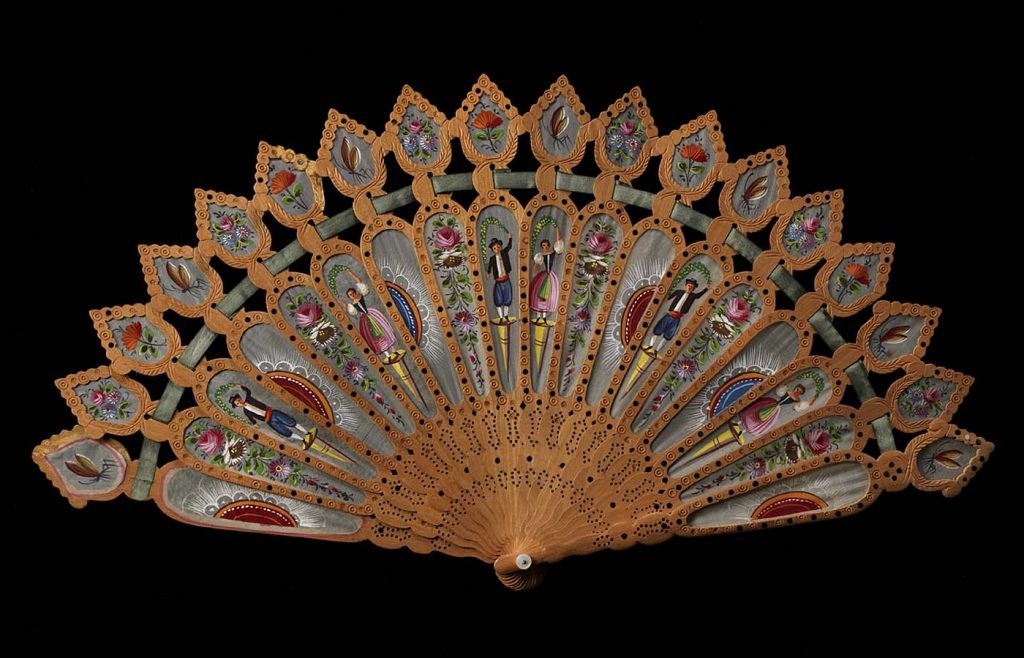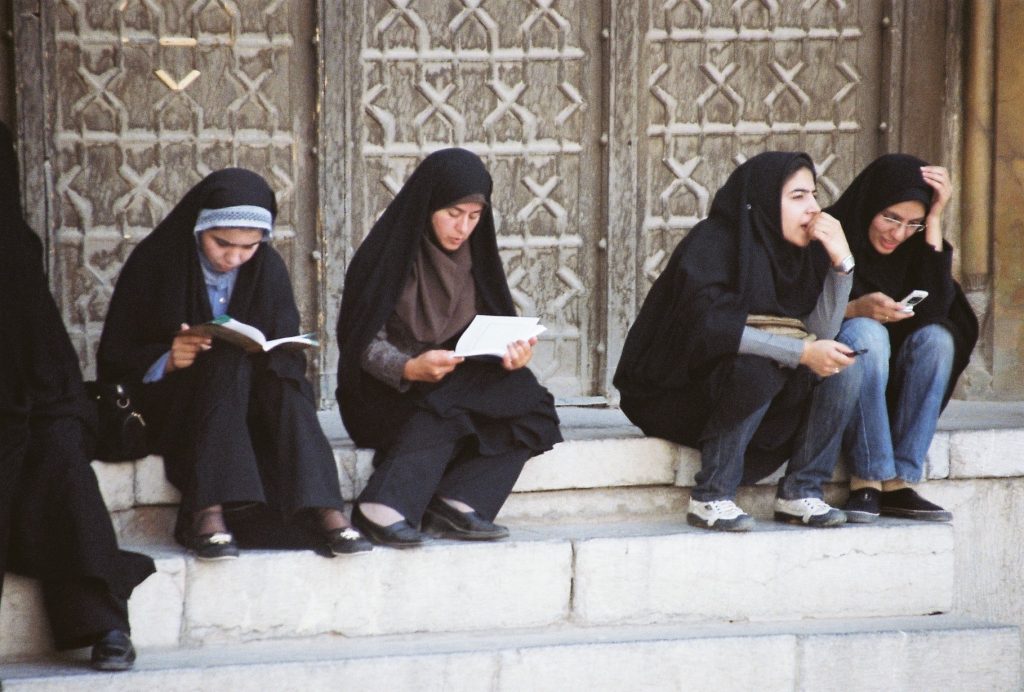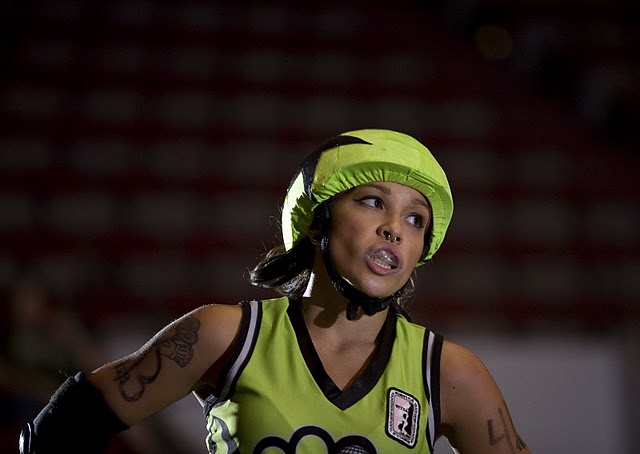Nonfiction by Frank M. Meola excerpted from our Winter 2017 issue.
My parents were married in a small church squeezed between larger buildings on Manhattan’s Fourteenth Street, a church named Our Lady of Guadalupe after the patron saint of Mexico. My parents, however, were not Mexican. My father was third-generation Italian-American, and my mother is second-generation Spanish-American, by which I mean her parents emigrated from Spain. My father’s family, in other words, were part of a well-known immigrant narrative, centered on the great diasporas: Italians, Irish, East European Jews. My Spanish grandparents lived among these better known groups near Chinatown, which today is much larger than the ghetto remnants of European immigration. But the Spaniards did not have the same sort of collective face. Their stories went largely untold.
They had their own community, of course, but it never felt quite real to me compared with Little Italy or the Jewish Lower East Side. Growing up far from the parental neighborhoods, I never heard about any Spanish enclave. There was, I later learned, a Little Spain for a while around Fourteenth Street, but it wasn’t exactly a highlight on the tourist maps. So I thought of my maternal ethnicity as something personal and familial rather than communal in any larger sense. The lack of Spanish-American distinctness had many causes: the scarcity of actual Spaniards, most obviously, as well as their minority-minority status, which made them more open to the influence of other groups, less assertive of their own culture, and perhaps more aware of the broader society (even as they retained their insularity). And there was another, less obvious reason, of which I only gradually became cognizant: the United States has long been Hispanic and daily becomes ever more so. Spanish-Americans are only one among many Hispanic groups whose diversity is often lost in collective definition.
My Spanish-born grandmother, Pilar, was a fan of the New York Yankees. In later life, when she lived with us, she would follow the games on TV and even went once or twice back to the grand shrine in the Bronx. She wore a Yankees cap as she gardened, and she talked fervently with my dad about standings, stats, players. Lou Piniella, of Spanish extraction, was a particular hero. This focus on Piniella exemplified a dual attachment. She spoke to her children and grandchildren in English, wanting them to be Americans, yet she avidly read books and magazines in Spanish when given them (she would not seek them out). She cooked Spanish food and sang Spanish songs and sometimes told stories of her Spanish childhood. Her green-gray eyes would intensify with laughter, fear, anger as she recounted her vivid growing-up memories—hiding behind grainsheds from the local priest who came to gossip and chide, walking to town in heavy wooden shoes, dodging stones neighbor boys would hurl at her family’s chickens and cows.
Such images, alien to our suburban lives, along with her shifts into mixed Spanish and English, revealed how much my grandmother still lived in that other place. She denied wanting ever to return to Spain but followed news from her native country with keen interest, eager for the demise of the Franco dictatorship, an event she lived long enough to celebrate. She paid close attention to American politics—staunchly Democratic, she brooked no Republicans—but she never took the formal oath of US citizenship as my grandfather did.
To continue reading “Spanish in America: Notes on Feeling Culturally Multiple,” purchase MQR 56:1 for $7, or consider a one-year subscription for $25.
Image: Spanish Fan. First half of 20th century. Carved sandalwood, silk ribbon, and painted pique. Smithsonian American Art Museum, Washington, D.C.




